Unveiling the Enigmatic Axolotl: Nature’s Master of Regeneration
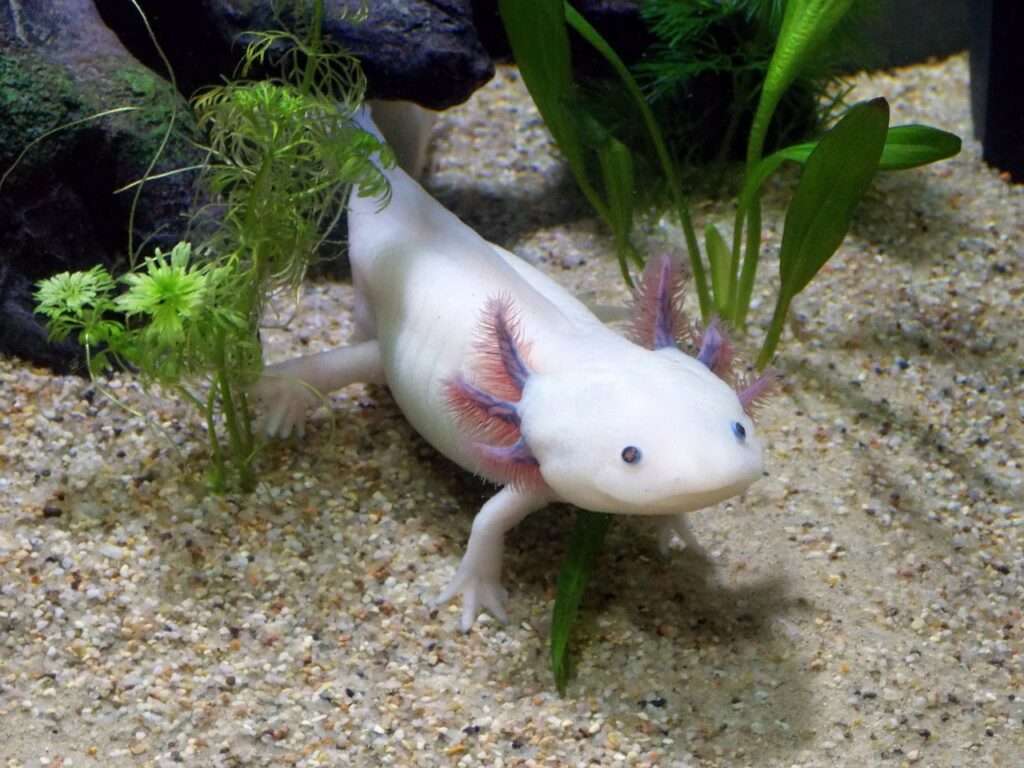
Hidden within the tranquil waters of Xochimilco, Mexico, lies a creature so extraordinary that it challenges the very fabric of our understanding of regeneration and evolution. Meet the axolotl, the enigmatic amphibian renowned for its remarkable ability to regrow lost body parts, captivating scientists and enthusiasts alike with its otherworldly charm.
At first glance, the axolotl appears like a creature sprung from the pages of a fantasy novel — with its feathery external gills, lidless eyes, and perpetually smiling visage. But beneath its whimsical appearance lies a biological marvel that has puzzled researchers for centuries.
The axolotl, also known as Ambystoma mexicanum, is a neotenic salamander, meaning it retains its juvenile characteristics throughout adulthood. This unique trait allows it to remain aquatic indefinitely, unlike its terrestrial counterparts, which undergo metamorphosis.
One of the axolotl’s most astounding features is its unparalleled ability to regenerate lost body parts. Unlike many other creatures whose regenerative capabilities diminish with age, the axolotl retains its remarkable regrowth potential throughout its life. Whether it’s a limb, tail, or even parts of its heart or brain, the axolotl can regrow tissues with astonishing precision, making it a subject of intense study for researchers seeking to unlock the secrets of tissue regeneration in humans.
But the axolotl’s extraordinary talents don’t end there. Here are some surprising facts that highlight its uniqueness:
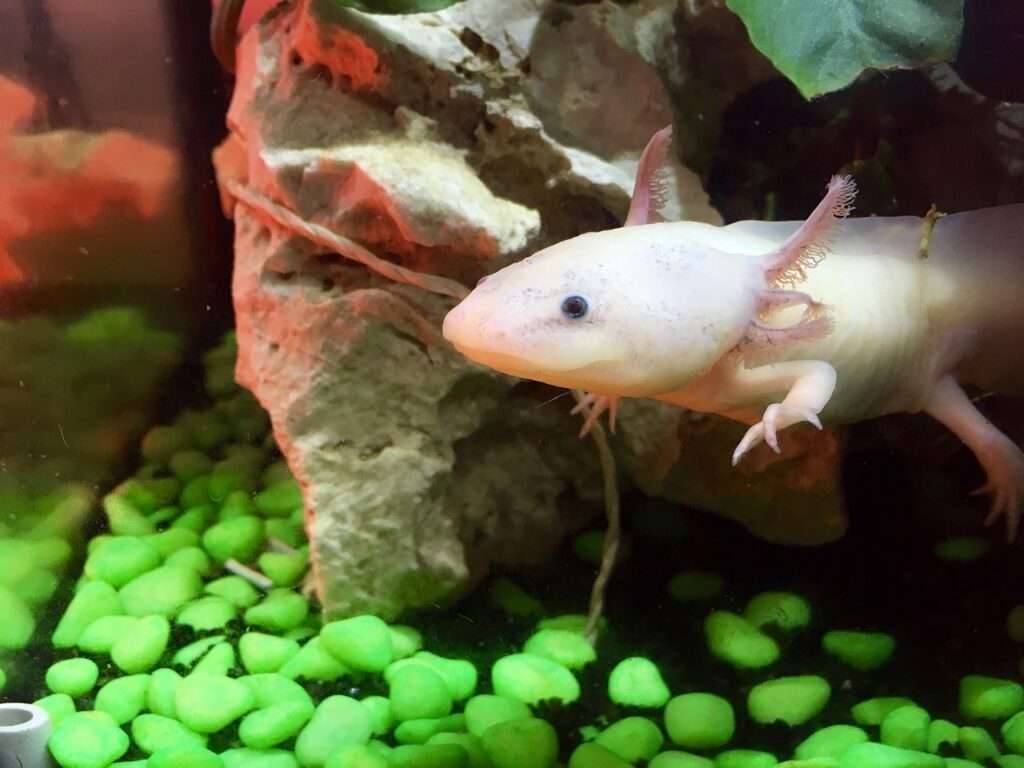
Genetic Diversity
Unlike most amphibians, which typically reproduce through external fertilization, axolotls have the rare ability to reproduce both sexually and asexually. This remarkable flexibility allows them to maintain a diverse gene pool, enhancing their adaptability to changing environmental conditions.
Cultural Significance
Revered by the ancient Aztecs as a symbol of transformation and renewal, the axolotl holds a special place in Mexican folklore and culture. Today, it continues to capture the imagination of people around the world, serving as a beloved mascot for conservation efforts in its native habitat.
Bioengineering Potential
The axolotl’s regenerative prowess has spurred interest in its potential applications in regenerative medicine and tissue engineering. Scientists are studying its unique biological mechanisms in the hopes of unlocking new treatments for conditions ranging from spinal cord injuries to organ failure.
Endangered Status
Despite its resilience and adaptability, the axolotl faces mounting threats to its survival, including habitat loss, pollution, and the introduction of non-native species. Conservation efforts are underway to protect its remaining habitats and preserve this iconic species for future generations.
In a world filled with extraordinary creatures, the axolotl stands out as a testament to nature’s boundless creativity and resilience. As we continue to unravel the mysteries of its biology, one thing remains certain: the axolotl will continue to inspire awe and wonder for generations to come, reminding us of the untapped potential that lies within the natural world.


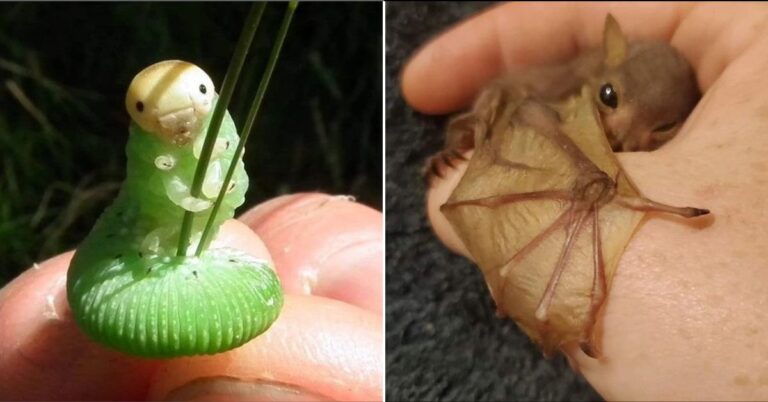

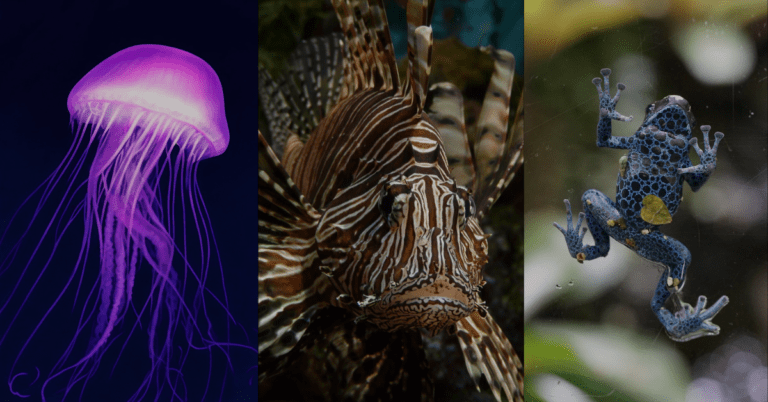

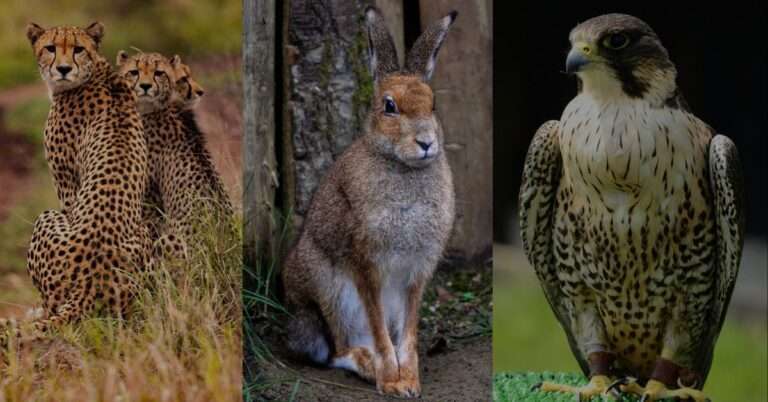
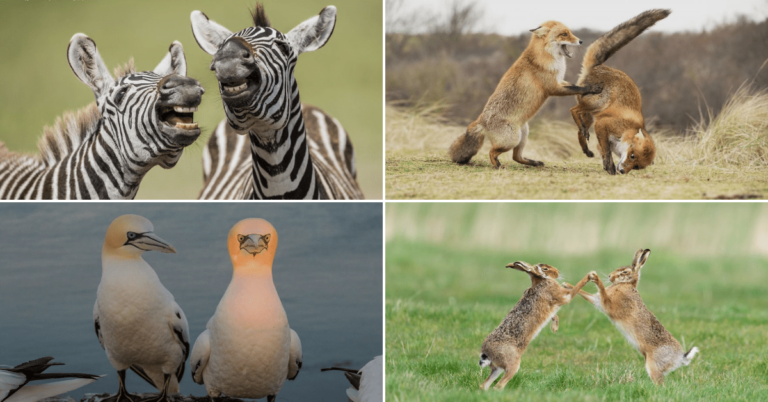
Beautiful ❤️
Thank You
It’s a shame you don’t have a donate button! I’d certainly donate to this outstanding blog!
I suppose for now i’ll settle for book-marking and adding your
RSS feed to my Google account. I look forward to fresh
updates and will share this blog with my Facebook group.
Chat soon!
Check out my webpage vpn code 2024